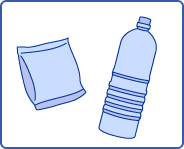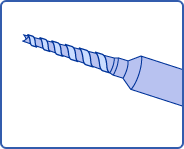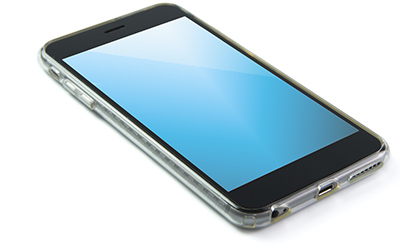1. The vacuum thin film coating technology supporting our everyday life
-- from lenses of digital cameras to lamps of automobiles
A vacuum thin-film coating system applies a thin coat on the object in a vacuum chamber. Although the thickness of the film varies from product to product, the average is 0.1 to several dozen micrometers, which is thinner than aluminum foil for household use (several dozen micrometer).
Currently, the thin films are utilized in a wide variety of fields and many of them exist around us. Which products are the films used for? What role do they play? Let us introduce concrete examples.
For example, the films are used in the following products:

Lenses for glasses and cameras (antireflection films that let the light in)

Packages for snacks and PET bottles (protective film that prevent moisture from going through the plastic bag of snacks)

Surface of the edge of drills (rigid film that prevent the edge from wearing)
In actual application, it often happens that more than one film with different functions is applied together. The following are examples:

Headlamp reflectors for automobiles (aluminum reflection films on the surface of the plastic reflection mirror and its protective films)

Mobile phones and devices (transparent conductive film on touch screens, antireflection films that reduces flickering on the screen, and antifouling film that prevents fingerprints)
The vacuum thin-film coating system and thin films produced through the system are frequently observed in our day-to-day life and have become an indispensable part of it.
In the next issue, we will introduce the mechanism of how the vacuum thin-film coating system produces thin films.